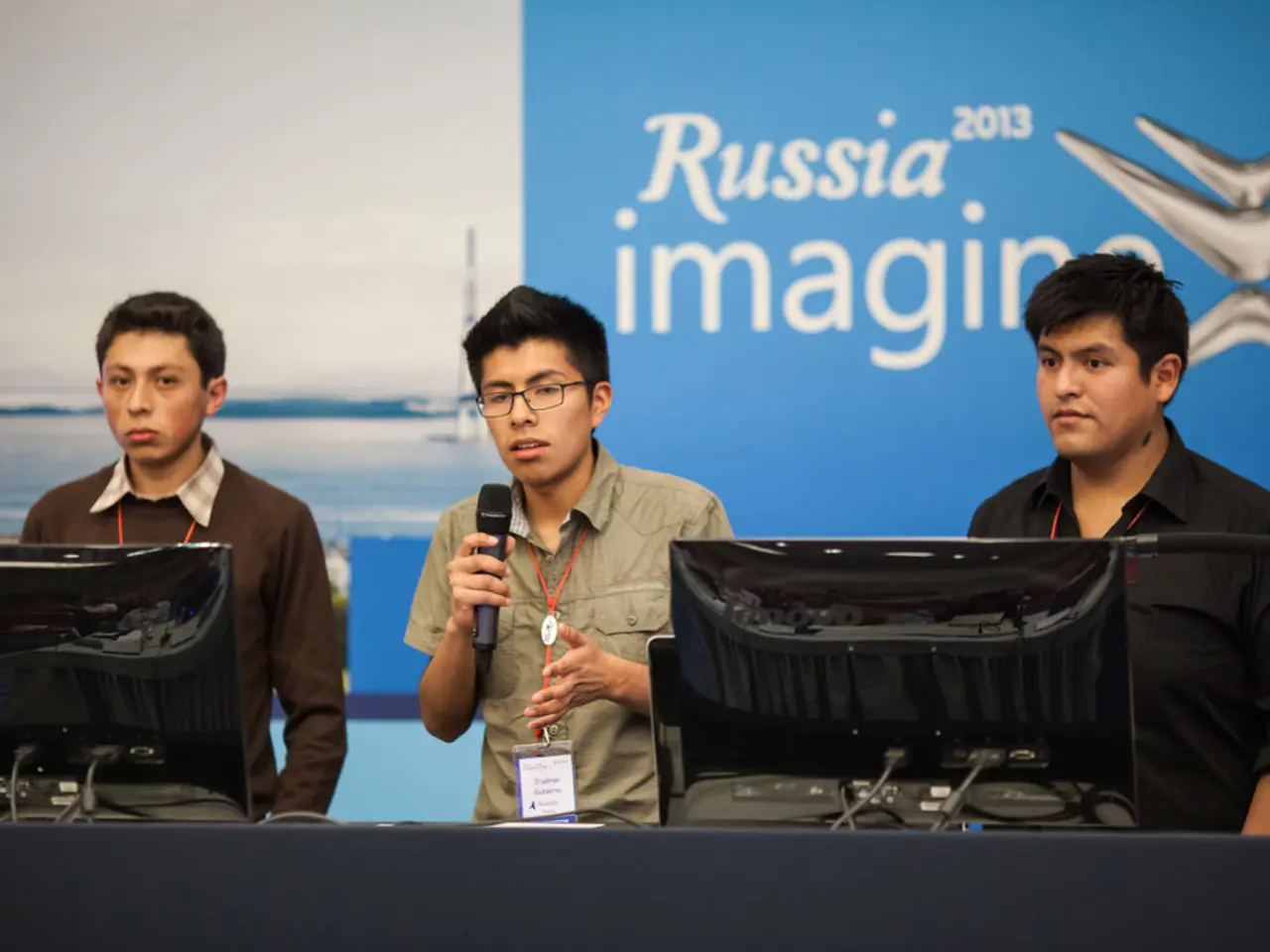Ukrainian scholar Serhii Plokhy discusses Ukraine's wartime history and the country's journey towards democracy
The 2022 Russian invasion of Ukraine marked a turning point in the relationship between the two nations, culminating from nearly a decade of escalating tensions. Here's a chronological summary of the pivotal events that led to the conflict:
- **2014 Annexation of Crimea and Donbas Conflict:** Russia's seizure of Crimea and support for armed separatists in the Donbas region (Donetsk and Luhansk) destabilised relations. By early 2022, the Donbas conflict had already led to over 14,000 deaths (including a quarter civilians) and displaced around 2 million Ukrainians. Russia recognised the self-proclaimed republics in Donetsk and Luhansk, laying the groundwork for future territorial claims[1]. - **Early 2022 Military Buildup:** In late 2021 and early 2022, Russia massed significant military forces along Ukraine’s borders. By January–February 2022, Russia was accumulating forces in the Mediterranean and Black Sea, including amphibious assault ships, submarines, and strategic bombers, signalling readiness for large-scale military action[3]. - **Diplomatic Demands:** Russia issued ultimatums to the West, demanding a ban on Ukraine’s NATO membership and the withdrawal of Western military support from the region—demands that were rejected by NATO and Ukraine[1]. - **Russian Invasion (February 24, 2022):** Despite repeated denials of invasion plans, President Vladimir Putin announced a “special military operation” on February 24, 2022, claiming Russia would defend the separatist republics and “demilitarize and denazify” Ukraine—claims widely dismissed internationally[1]. Russia launched a multi-front assault: from Belarus toward Kyiv, from Crimea in the south, and from the Donbas in the east[1].
The invasion marked a decisive rupture in bilateral relations, with long-term consequences:
- **Unprecedented Hostility:** Ukraine severed diplomatic ties with Russia and enacted martial law, while Russia moved to annex occupied territories in violation of international law[1]. - **Mass Displacement and Humanitarian Crisis:** The war resulted in tens of thousands of military and civilian casualties, over 8 million Ukrainians internally displaced, and more than 8 million fleeing the country by 2023—Europe’s largest refugee crisis since World War II[1]. - **Military and Economic Devastation:** The conflict caused Ukraine’s GDP to drop by 30% in 2022, reflecting massive destruction, brain drain, and displacement[2]. - **International Repercussions:** Ukraine’s government, led by President Volodymyr Zelenskyy, sought and received substantial Western military and economic support, while Russia faced unprecedented international sanctions and isolation[4]. - **No Diplomatic Resolution:** Early peace talks in Belarus collapsed within days. Ukraine later refused to negotiate with Russia as long as Putin remained president, especially after Russia’s attempted annexation of four Ukrainian regions in September 2022—none of which Russia fully controlled[4].
The invasion transformed the Russia-Ukraine relationship into one of open warfare and mutual antagonism, with both nations suffering profound social, economic, and political consequences[1][2][5]. The impact of prolonged warfare on democratic institutions remains a pressing concern. The Ukrainian people have demonstrated remarkable unity around their leadership, with General Zaluzhny's measured response helping to maintain stability. The broader front lines remain static despite enormous human and material costs.
[1] BBC News (2022). Russia-Ukraine crisis: A timeline. Retrieved from https://www.bbc.co.uk/news/world-europe-59426803 [2] The Economist (2022). Ukraine's economy is in ruins. Retrieved from https://www.economist.com/europe/2022/06/18/ukraines-economy-is-in-ruins [3] The Guardian (2022). Russia's war games and military build-up: a timeline. Retrieved from https://www.theguardian.com/world/2022/apr/06/russias-war-games-and-military-build-up-a-timeline [4] The New York Times (2022). Ukraine Rejects Peace Talks With Russia, Citing Putin’s Presence. Retrieved from https://www.nytimes.com/2022/09/30/world/europe/ukraine-peace-talks-putin.html [5] The Washington Post (2022). More than 14,000 people have died in Ukraine’s war. Retrieved from https://www.washingtonpost.com/world/europe/ukraine-war-casualties/2022/05/18/9578538e-4b0b-11eb-82e4-330a3c534909_story.html
Politics and general-news outlets have extensively covered the profound impact of the 2022 Russian invasion of Ukraine, with the event signaling a significant shift in the relationship between these two nations. The invasion, marked by a series of pivotal events such as the annexation of Crimea, diplomatic demands, and military buildup, has resulted in widespread human tragedy, devastating economic consequences, and far-reaching international repercussions.








